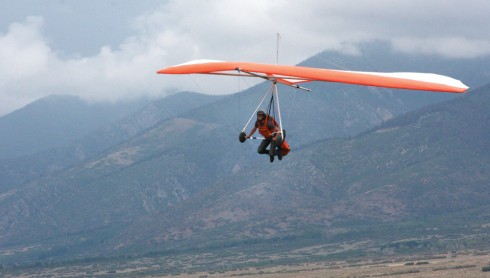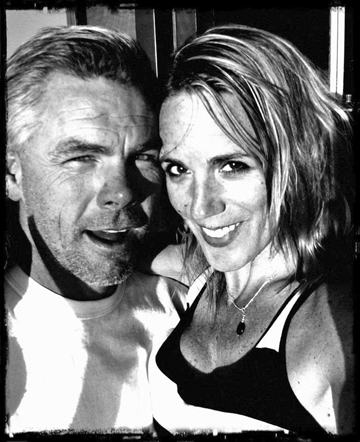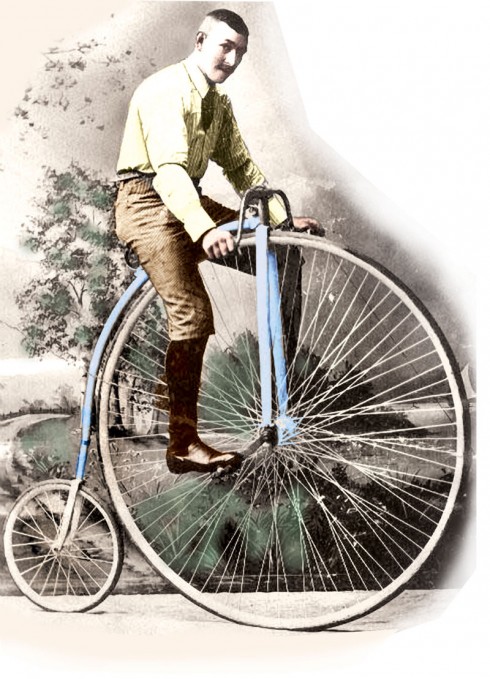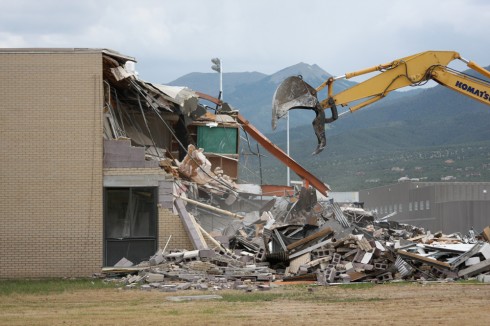By Peter Anderson
You are at the glory hole and you are waiting for an emergence. The air coming up from a hole in the side of the mountain is cooler. You look down into the shaft of this abandoned iron mine and feel a slight breeze, but you don’t see much. It is a dark portal into a deep cavern.
Think of this time as akin to that twilight transition between waking and sleeping.
What is about to happen is not unlike a dream. At first, it is only a deep stirring, somewhere in the darkness below you. When you finally notice some movement you see only a few bats, ascending like shards of night sky into the twilight. These are the first of several hundred thousand Mexican free-tail bats soon to follow.






